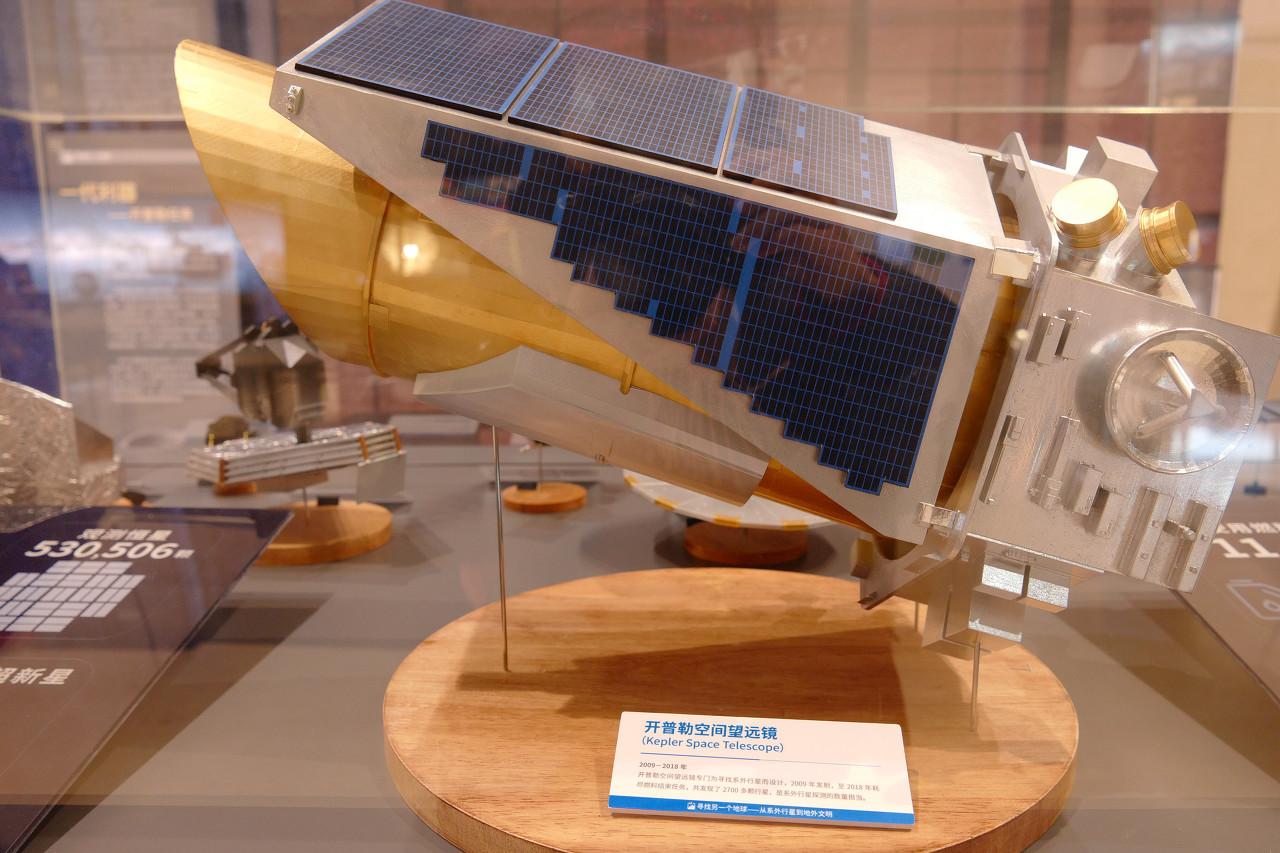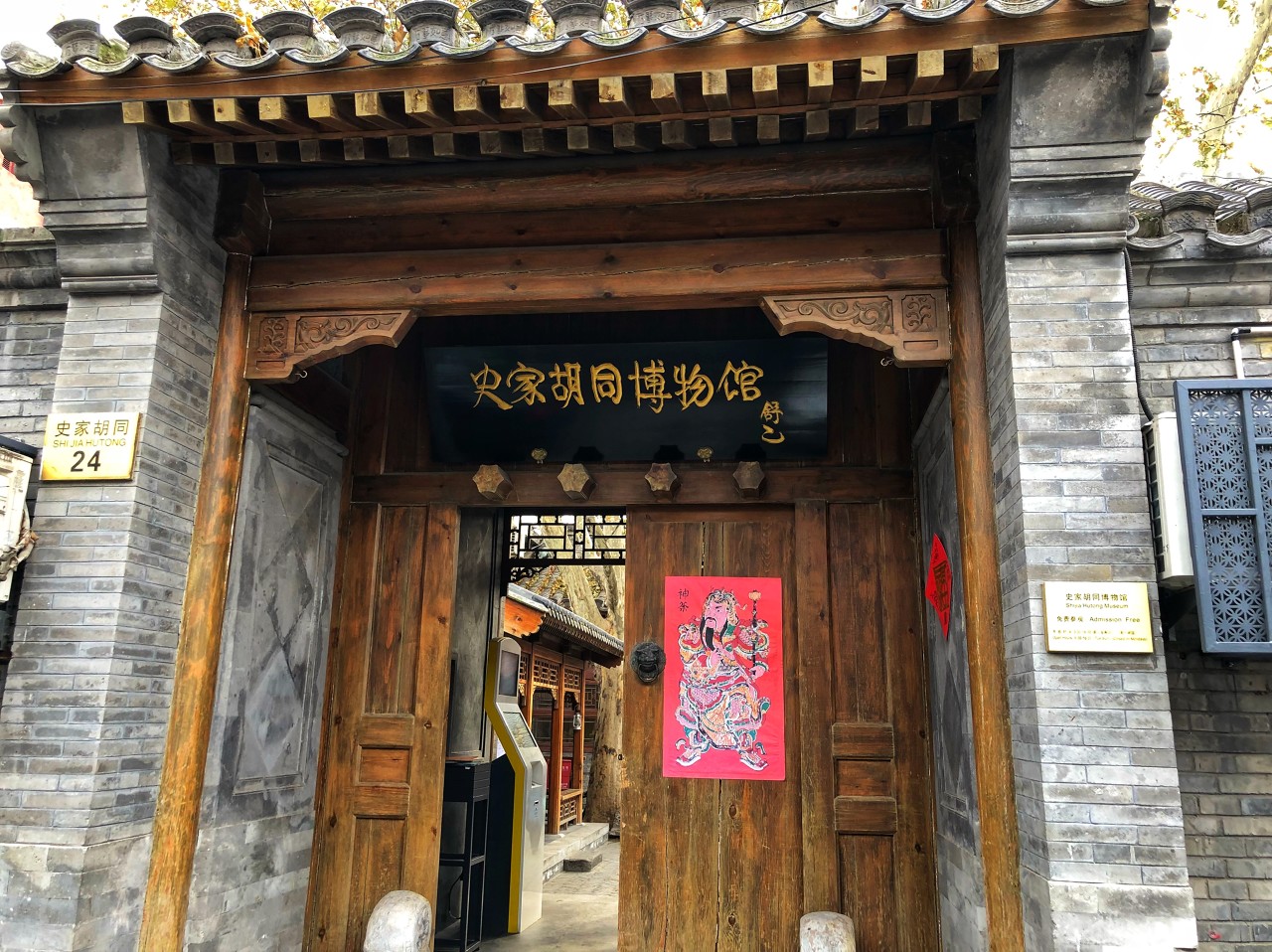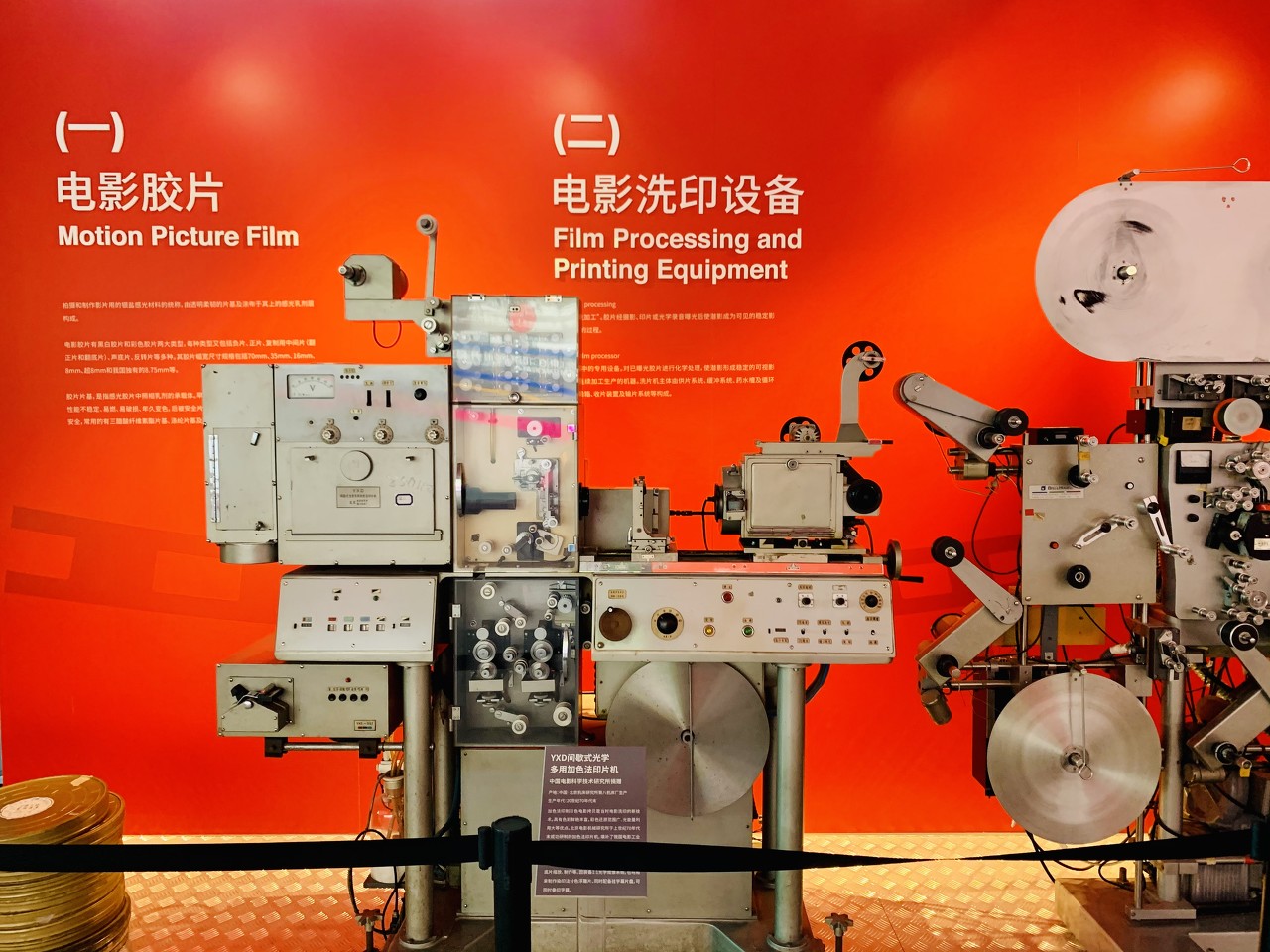Popular Museums in Beijing I: Explore and Feel the Charms of Beijing Culture
Museums are important venues that protect and pass on aspects of civilization, and also serve as bridges connecting the past, present, and future. Beijing is taking the initiative in building itself into "a city of museums". As of the end of 2020, Beijing called itself home to a total of 197 officially filed museums. These museums are diverse in types and distinctive in resources, including large museums with vast collections, small and medium-sized museums with unique characteristics, comprehensive museums that cover a wide range of topics, and thematic museums that focus on specialized content. In addition to the Palace Museum, what museums are worth visiting? Let's have a look.
![]()

An exhibit showcased in the Capital Museum [Photo via tuchong.com]
The Capital Museum is located at No. 16, Fuxingmenwai Street, on the extension line of West Chang'an Street and the west side of Baiyun Road. The Capital Museum used to be located inside the Beijing Confucius Temple. It is a large comprehensive museum in Beijing that integrates multiple functions and services from collections, exhibitions, research, archaeology, public education to cultural exchange. The Capital Museum has been rated as a National First-class Museum and a National Popular Science Education Base.
![]()

An item displayed in Beijing Planetarium [Photo via tuchong.com]
Located at No. 138, Xizhimenwai Street, Xicheng District, Beijing Planetarium was officially opened to the public in 1957, making it the first large-scale planetarium in China. After more than 60 years of development, it was rated as a National First-class Museum and national AAAA scenic spot. The planetarium is comprised of Hall A and Hall B. It teaches astronomy by conducting popular science-based activities, broadcasting popular science programs, holding exhibitions and astronomy lectures, and organizing an astronomy Olympiad for middle school students.
![]()

Shijia Hutong Museum [Photo via tuchong.com]
Shijia Hutong Museum, located at No. 24 courtyard, Shijia Hutong, Chaoyangmen Sub-district, Dongcheng District, is the first hutong museum in Beijing. It acts primarily as a cultural showroom, community council chamber, and residents' meeting room, and has been highly popular both at home and abroad since its establishment in 2013. It is not only a place for exhibitions covering the history and culture behind hutongs, but also serves as a place to explore and display community culture and hold promotional and educational activities. The museum has become a wonderful place to experience life as it was in the old times in Beijing as well as the tranquil hutong culture.
![]()

Film equipment exhibited in the China National Film Museum [Photo via tuchong.com]
Located at No. 9, Nanying Road, Chaoyang District, the China National Film Museum was officially opened on February 10, 2007. Currently, it is the world's largest national professional film museum. As a landmark building commemorating the 100th anniversary of the birth of Chinese films, it is an art center that exhibits the development of the Chinese film industry and its technology, disseminates film culture, and enables film-based academic exchanges.
![]()

A vehicle on display in Beijing Auto Museum [Photo via tuchong.com]
Located at No. 126, West Road of South 4th Ring Road, Fengtai District, Beijing Auto Museum officially opened in 2011 as a nonprofit auto-themed museum for public welfare in China. The museum covers a construction area of about 50,000 square meters and takes the shape of a bright "eye", signifying the concept behind the museum – having a global perspective and looking towards the future.



